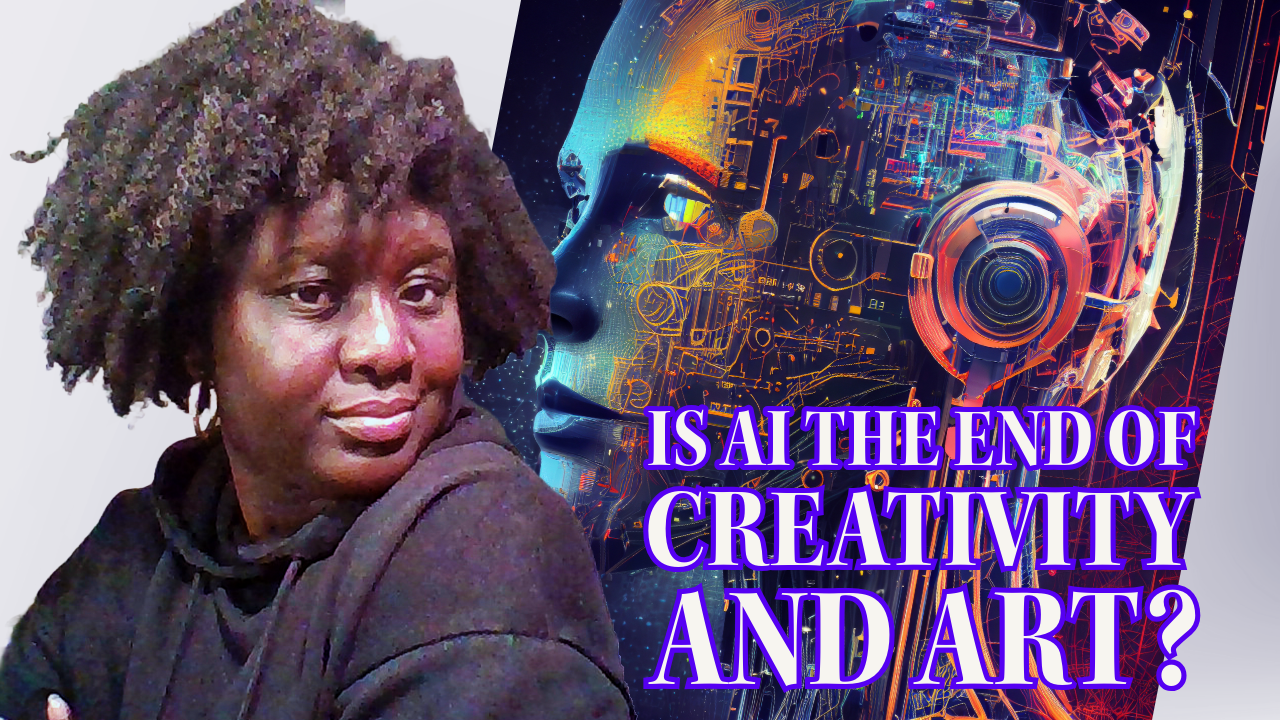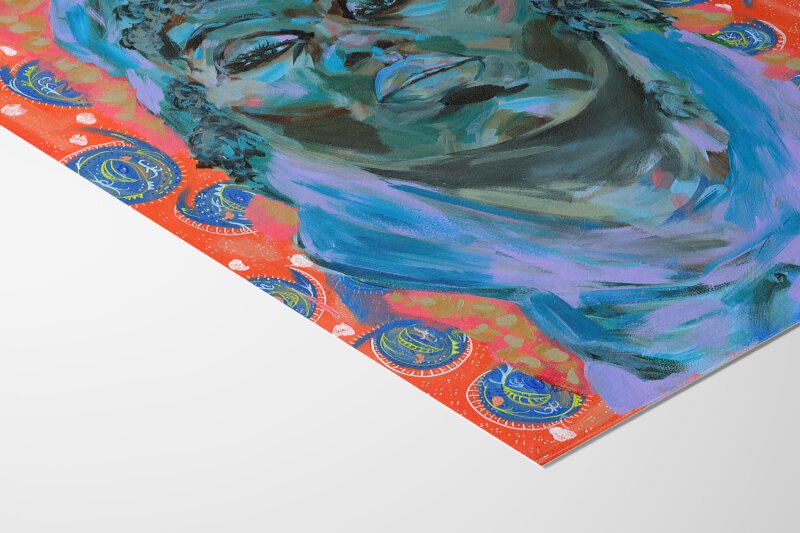
Let’s Talk About AI, Art, and Creativity
Before we dive into this topic, make sure to subscribe to the newsletter for more content like this. On My Youtube channel explore the intersection of art, technology, and creativity, and you won’t want to miss what’s coming next!
Now, let’s get into it.
The Buzz Around AI and Creativity
Artificial Intelligence (AI) has been making headlines lately, especially with tools like ChatGPT and AI-generated art platforms. Investors like Microsoft are pouring venture capital into these technologies, aiming to turn them into monetized platforms. It’s an exciting time, but it also raises some big questions.
What does this mean for us as artists and creators? How will AI shape the future of creativity? And perhaps the most debated question of all: Is AI art real art?
What Is AI Intelligence, and How Does It Work in Art?
AI intelligence refers to the ability of machines to perform tasks that typically require human intelligence. This includes things like learning, reasoning, problem-solving, and even creativity. In the context of art, AI tools like DALL·E, MidJourney, and Stable Diffusion can generate images, music, and even poetry based on prompts provided by users.
But here’s the thing: AI doesn’t “create” in the way humans do. Instead, it analyzes vast amounts of data—existing artworks, styles, and patterns—and uses that information to generate something new. It’s more like a highly sophisticated remix machine than an original thinker.
So, while AI can produce stunning visuals or compelling text, it’s important to remember that it’s building on human creativity, not replacing it.
Is AI Art Real Art?
This is the million-dollar question. Can we call something “art” if it’s created by a machine? I’ll give my anser in this particular video
Art has always been deeply tied to human emotion, intention, and expression. When an artist creates, they pour their experiences, thoughts, and feelings into their work. AI, on the other hand, doesn’t have emotions or intentions. It’s simply following algorithms.
But does that mean AI-generated content can’t be art?
Why Creatives Should Pay Attention
As artists and creators, it’s crucial to stay informed about these developments. AI isn’t going away—it’s only going to become more integrated into our lives and work.
By understanding how AI works and exploring its potential, we can harness it as a tool rather than seeing it as a threat. It’s about finding ways to collaborate with technology while staying true to our unique creative voices.
Final Thoughts: The Future of AI and Art
The intersection of AI and art is a fascinating space full of potential and challenges. While AI can’t replicate the depth of human emotion and intention, it can certainly augment our creative processes and open up new possibilities.
So, is AI art real art? That’s also for you to decide. But one thing’s for sure: the conversation around AI, creativity, and the future of art is just getting started.
If you enjoyed this post, don’t forget to subscribe to the newsletter for more insights. What are your thoughts on AI and art? Do you see it as a tool, a threat, or something in between? Share your perspective in the comments below.









